Cooks around the world rely on grated ingredients to build bold flavor. That’s because grating enhances the taste and texture of ingredients in ways that slicing and chopping don’t. Grated carrots, for example, are sweeter and more aromatic than sliced because grating more thoroughly breaks down cell walls, releasing more aromatic compounds and sugars. Also, the smaller the bits, the easier it is to disperse them throughout a dish, producing stronger and more uniform flavor. Grated foods also have more surface area, allowing them to better absorb dressings and sauces. To make this easier, numerous ingredient-specific tools have been developed for grating.
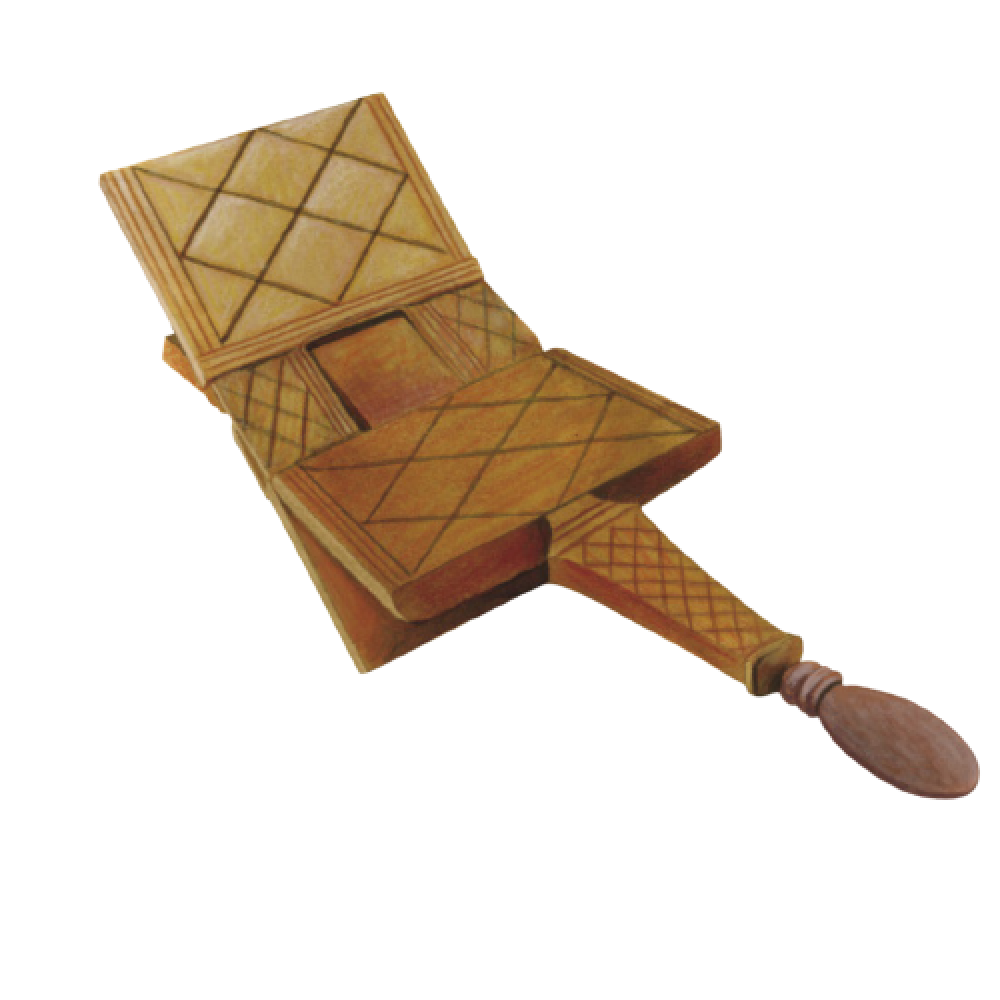
MBUZI
Used to grind coconut flesh from its tough shell, this stool-mounted grater from East Africa has a toothed metal plate protruding from one end. The cook straddles the stool for leverage, and the shavings fall into a sieve below, waiting to be squeezed to separate the flesh from the milk. Though there are simpler versions of the coconut stool, these folding mbuzi, which means “goat,” often are elaborately carved and traditionally given as wedding gifts.
KACHUMBARI
These four-footed brass graters became popular in India in the 1950s, often featuring a tortoise or elephant motif with a head on one end and a separate coconut grater at the tail. The sharpened holes on the top are used to grate tomatoes over a plate for curries or to shred vegetables for salads (chopped salads in some parts of India are called kachumber).
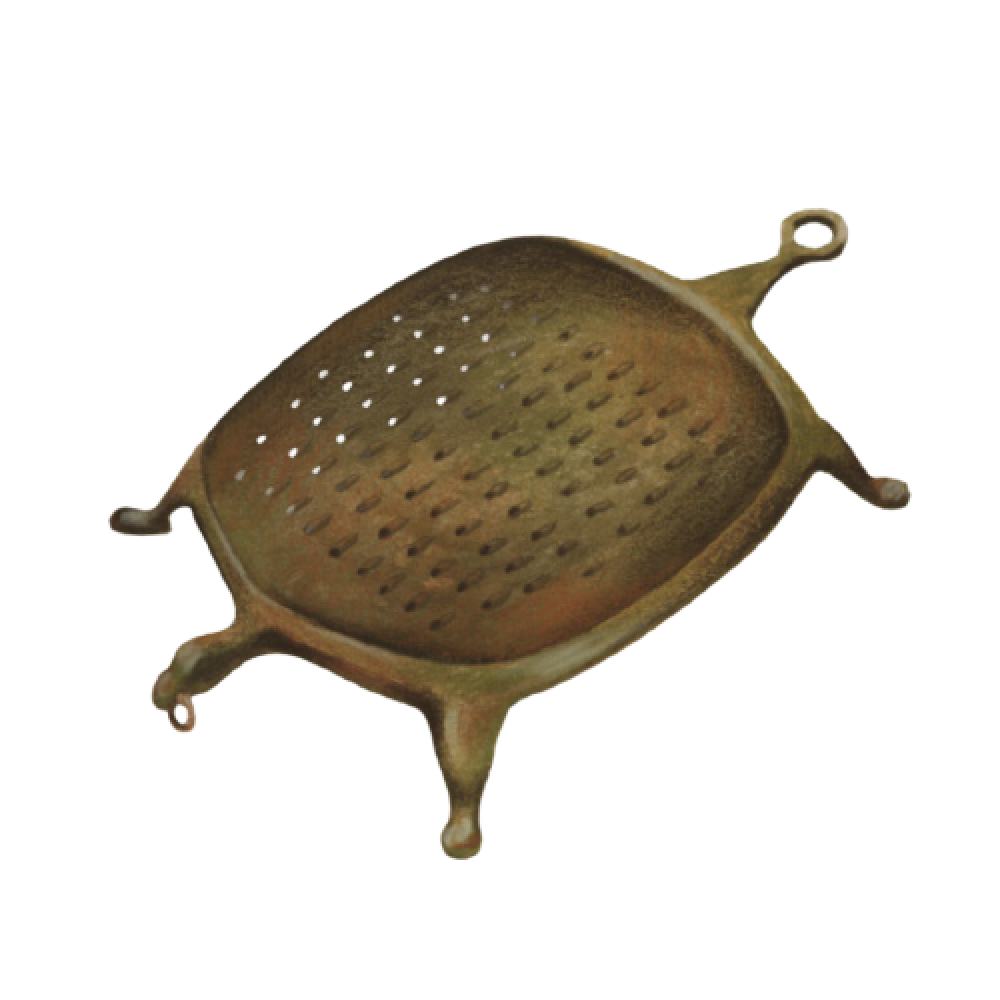
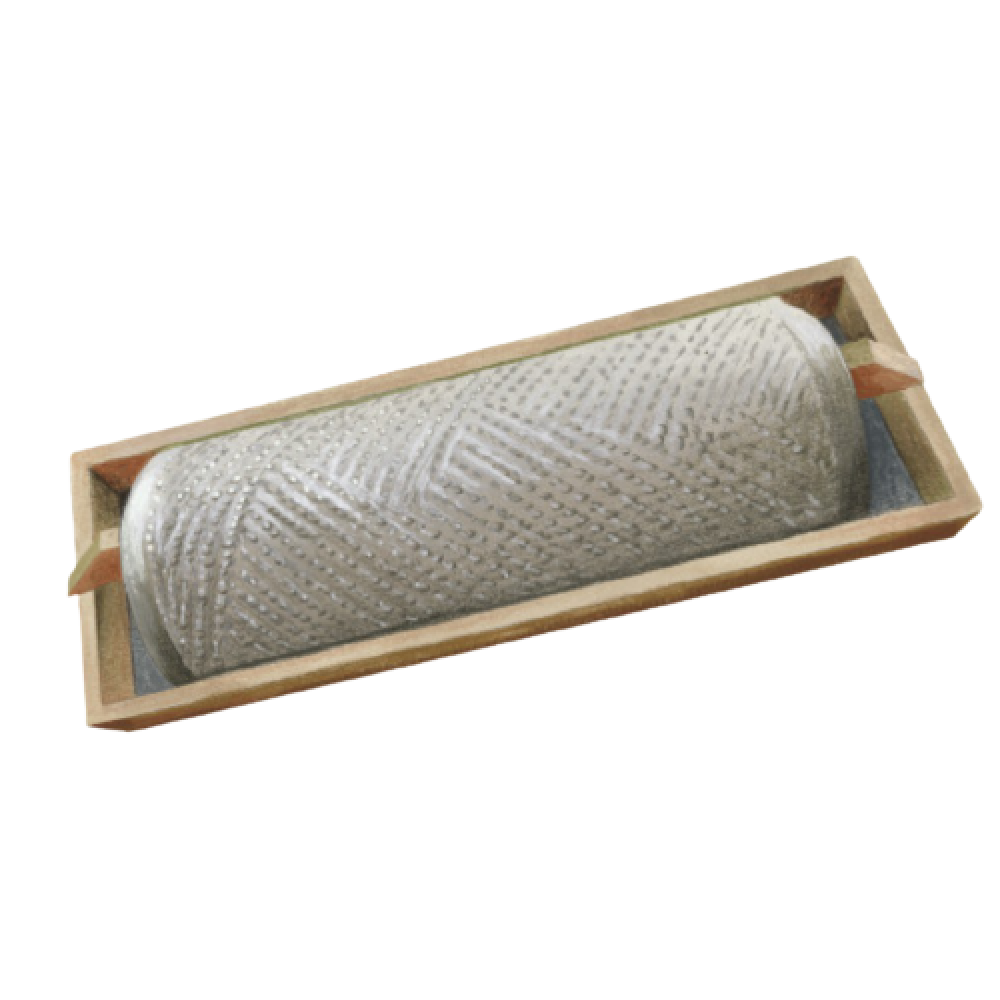
CAITITU
Cassava, also called manioc, is an essential part of the diet in tropical cultures of Caribbean South America. But the starchy tuber must be processed to be edible. Cooks use the caititu, which also goes by cebador and other names from Venezuela to the Guyanas and Brazil, to grind the tough root to a pulp. The pulp is placed in a woven basket to squeeze out the juice, which is toxic unless boiled into a syrup that’s used as a sweetener. The pulp then is formed into cakes for a cracker-like bread with a long shelf life.
OROSHIKI
Japanese sushi chefs say this grater, made of dried shark skin stretched over a wooden or ceramic paddle, is the only tool for grinding real wasabi. Rubbing the pungent rhizome in a circular motion on the surface, whose texture is like sandpaper, reduces it to the consistency of smooth mashed potatoes. A thin layer is placed between the rice and sliced fish, to be consumed within minutes or else the wasabi loses much of its punch.
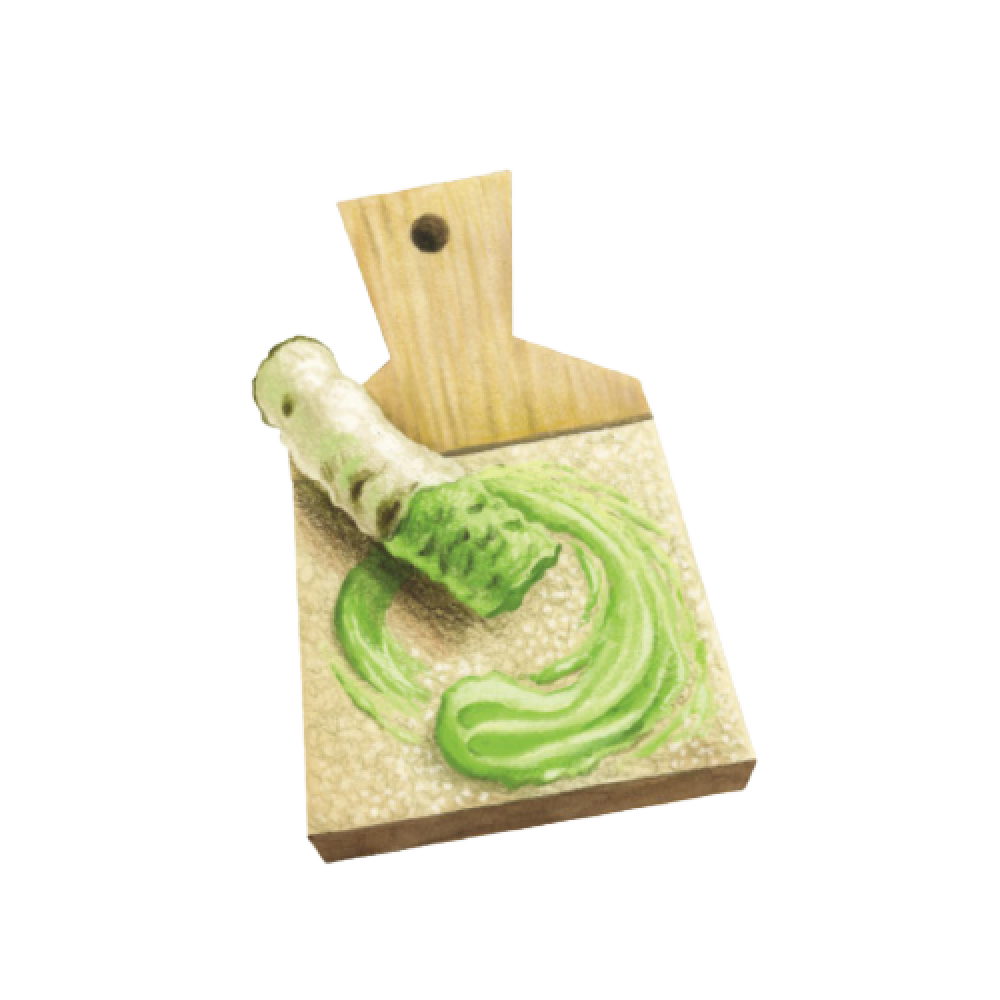
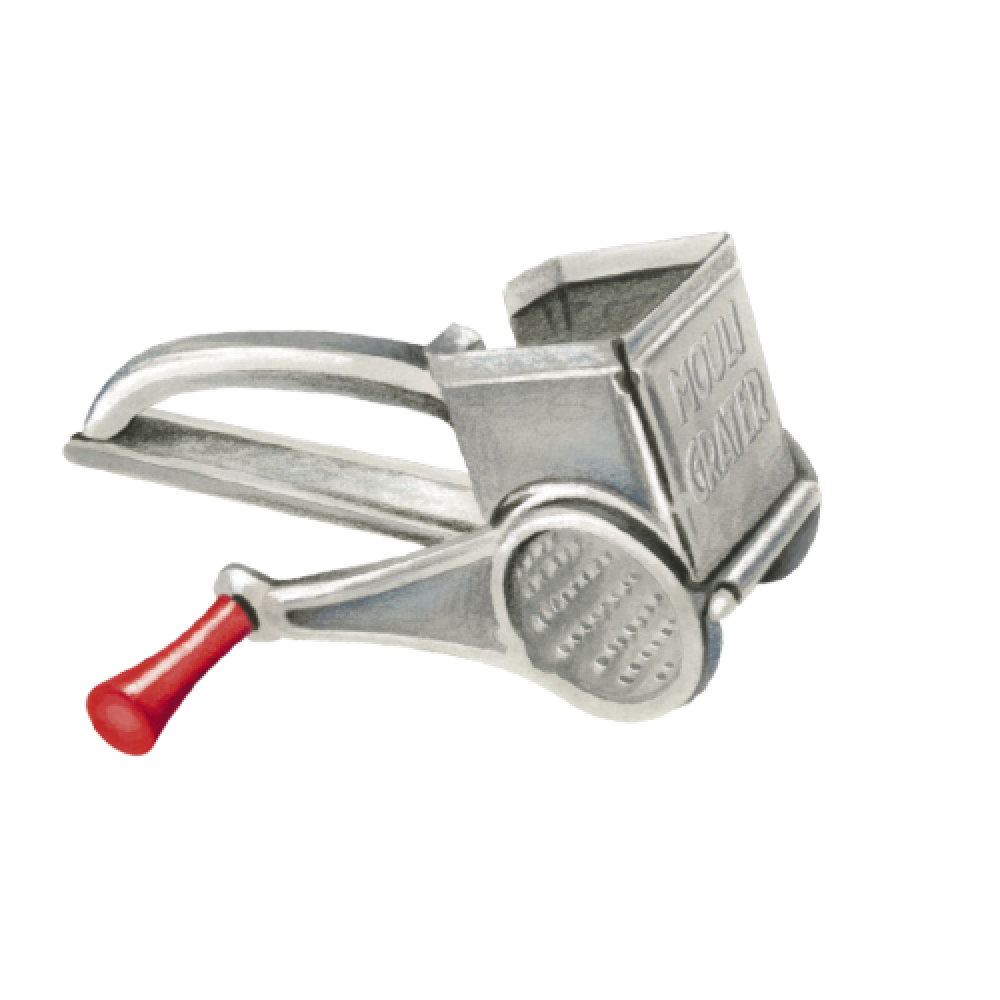
MOULI
A Frenchman named François Boullier often is credited with inventing the cheese grater in the 1540s. The classic rotary grater only became popular about 400 years later. Food is placed in a chamber and pressed against a serrated tumbler with one handle, while the crank is turned with the other (moulin means mill). Primarily used for hard cheeses, it also can finely chop nuts and puree fruits for garnishes or dessert.






